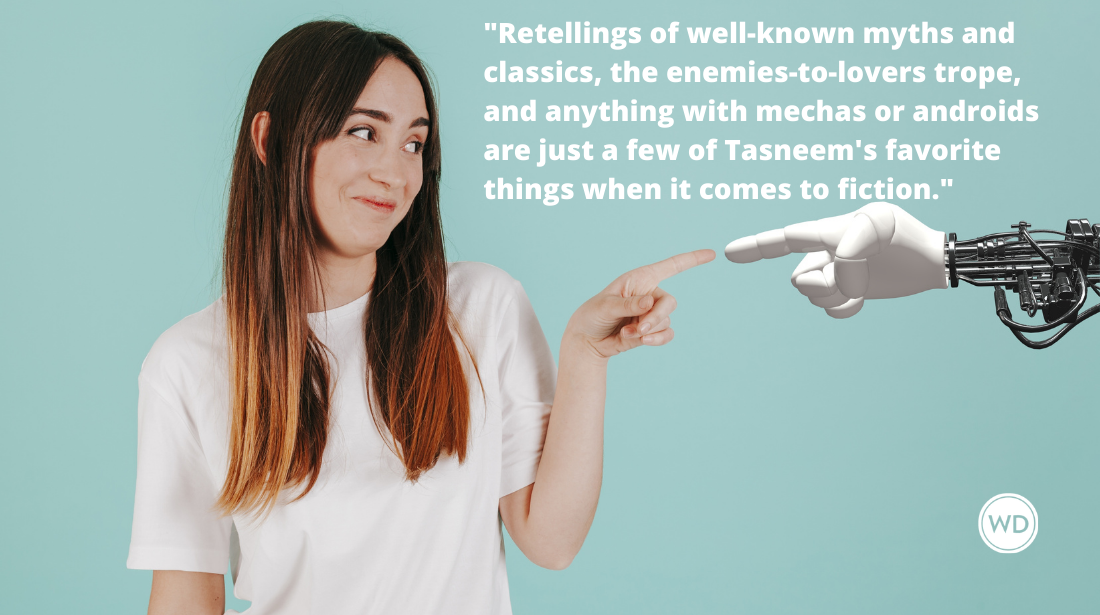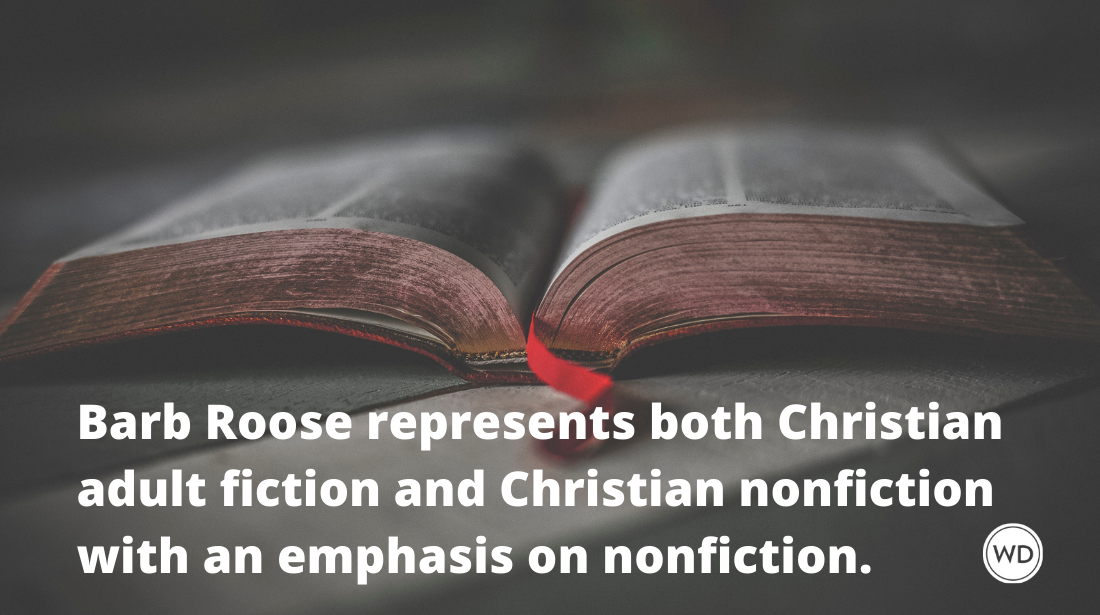Another Take On “Show, Don’t Tell” For Writers
It’s a writing rule most of us have heard before. And it’s a good one. Because no reader wants to be spoon-fed a story. Readers want to see the story for themselves, to make up their own minds. It’s more interesting and entertaining that way, and even more importantly, it lets the reader become more invested in the characters. A student once asked me to explain the concept of “show, don’t tell,” and here’s what I told her: Pretend you’re sitting in a movie theater, eager to see the latest Shia LeBeouf action movie. You’ve got the popcorn, the Milk Duds, the Coke. The lights dim, and on the screen, LeBeouf appears, with a white background behind him. Nothing else. He tells the audience with a shrug, “This film had a low budget. I mean, really low. Because of that, I’m going to tell you the movie.”
It’s a writing rule most of us have heard before. And it’s a good one. Because no reader wants to be spoon-fed a story. Readers want to see the story for themselves, to make up their own minds. It’s more interesting and entertaining that way, and even more importantly, it lets the reader become more invested in the characters.
A student once asked me to explain the concept of “show, don’t tell,” and here’s what I told her: Pretend you’re sitting in a movie theater, eager to see the latest Shia LeBeouf action movie. You’ve got the popcorn, the Milk Duds, the Coke. The lights dim, and on the screen, LeBeouf appears, with a white background behind him. Nothing else. He tells the audience with a shrug, “This film had a low budget. I mean, really low. Because of that, I’m going to tell you the movie.”
He points to his left, at nothing. “Imagine this--over here, we have a car chase. It’s really intense! One car stops too suddenly, slams on the breaks, and flips over five times.” He points to his right, at nothing. “Then, over here, a building explodes. There’s a ‘bang’ and smoke starts to billow out and people run scared.”
And so on.
You’d leave the theater, wouldn’t you? You wouldn’t want to be told the plot. You’d want to SEE the action for yourself, make up your own mind about how “intense” it was.
Carrying this concept over to writing--instead of “telling” the reader that a character is angry, why not “show” it by having him/her pick up the nearest glass and smash it against the wall? The reader will see, by that one action, just how angry the character is.
I think a particularly dangerous area where we’re tempted to “tell” rather than “show” is when we give too much background information (exposition). Sometimes, exposition can read like a boring checklist (also known as an “info dump”): grew up in West Texas, was raised by a single mom, went to college, majored in psychology, met and married his college sweetheart, had three kids and a bad marriage, got divorced. *yawn*
Is there anything more boring in real life than being told all about someone you’ve never met before? Someone you don’t know, someone you’re not invested in at all? Honestly, who cares? Perhaps that person does have a fascinating life. But since we don’t know him/her directly, and we haven’t experienced those life choices along with that person in “real time,” we have no context, no foundation to care. Second-hand information is never as exciting or interactive as first-hand (seeing something with our own eyes). And that’s really what “telling vs. showing” amounts to.
In writing, exposition can be extremely important. Yes, we should give some background information about our characters, absolutely. But we have to do it carefully. Selectively. The trick is to know when (and how much) to include it. I like to “sprinkle” my exposition here and there, allowing it to relate to something going on currently with the character, if possible. Make it worth something to the reader.
Another danger that’s located inside exposition is broad, sweeping generalizations about things. Instead of telling us that a character’s ex-husband was abusive, try pinpointing a single moment in time--one fight, one particular confrontation--and take the reader back to that moment by using a flashback. Give dialogue, develop the tension, show his expressions, his actions. Suddenly, the readers become a fly on the wall! They’re inside the scene with the character, seeing for themselves how abusive the ex actually was. And suddenly, things have turned from “telling about” the marriage to “showing” it.
I struggle sometimes with “telling.” I tend to over-explain plot or characters with the intention of wanting the reader to understand the emotions, the layers, etc. Maybe it’s because I’m a teacher, and much of my job is to explain. But it’s a bad habit for a writer to have. In the end, I know it makes a world of difference to show a story, rather than tell it.
Ultimately, “showing” allows readers to form their own conclusions--lets them feel smart enough to figure things out on their own. And this, in turn, creates an even stronger connection between characters and readers, which makes the pages keep on turning…
Traci Borum teaches creative writing at the college level. She's written for Today's Christian Woman magazine, as well as the New Texas Journal. Currently, she's working on a women's fiction series. She also runs a writing blog.






